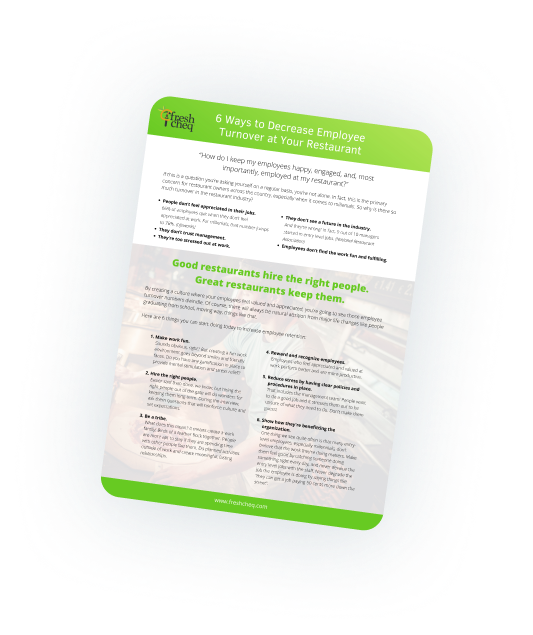What does building a quick service restaurant for the future look
like? Only one thing is certain- the future is a big unknown and very
fast moving. We are in an era of heightened food safety expectations,
high quality cuisine, increased concern about sustainability, rising
labor costs, improved technology, and “outside of the box” service
options. Brands are in a unique position where the old way no longer
applies and embracing continuous improvement is what secures a
restaurant’s future.
Delivery Options Expand
A business model exclusively for pizza and Chinese food in the past,
food delivery is now an integral part of many quick service
establishments. Adapting to delivery service offerings requires extra
kitchen space, additional equipment, and improved technology. Balancing a
few different service models- drive through, in restaurant dining,
catering, and delivery- means that systems need to be more orderly and
consistent.
Food Safety- The Non-Negotiable
Balancing the numerous priorities of restaurant design is tricky.
Businesses must consider whether they want customers to see food being
made and balance that with a more spacious dining area. But, the one
non-negotiable is food safety. Failure to prioritize food safety in
restaurant design can result in legal issues, a negative reputation, and
people becoming sick. Investing in equipment, kitchen design, and food safety technology is the smart move for new restaurant owners and is the direction quick service restaurants are taking.
Labor Costs
Increasing labor costs also play a role in kitchen design. Design and
equipment efficiencies can help restaurant owners to decrease workforce
expenses. Equipment that is updated, user friendly, and easy to clean
can easily cut down on labor hours. Consider how long it takes to change
the oil in a typical fryer. Newer designed fryers are easier and safer
to change and changing oil takes half the time.
Technology
In addition to simplifying tasks and holding employees accountable,
new technology platforms designed for the food service space allow food
safety logs to be completed correctly and in less time. Apps allow delivery orders to be processed
at lightning speed and improve communication with customers. Inventory
tracking apps and marketing apps are cutting costs and increasing foot
traffic. “There is an app for that,” when it comes to quick service
restaurant operations.
Sustainability
Increasing consumer demand for restaurants to have a “greener image”
and leave a smaller carbon footprint has been met with innovation.
Balancing upfront costs with energy savings has led many restaurants to
adopt LED lighting and water reducing faucets and sprayers. Some larger,
energy efficient equipment may take several years to recover the
upfront costs in energy savings. The concept of sustainability can be
approached with little steps. Using food waste trackers, separating trash, composting, and using recycled paper products are a few ways that restaurants can quickly get on board.
Planning for the future of quick service restaurants involves
factoring in the likelihood of changing dining trends. Quick service
restaurant redesigning for the future means making tough decisions about
which technologies, spaces, and efficiencies are the most valuable. As
pick up and delivery service increases in demand and quality and
convenience expectations rise, operators will be forced to rise to the
occasion.



